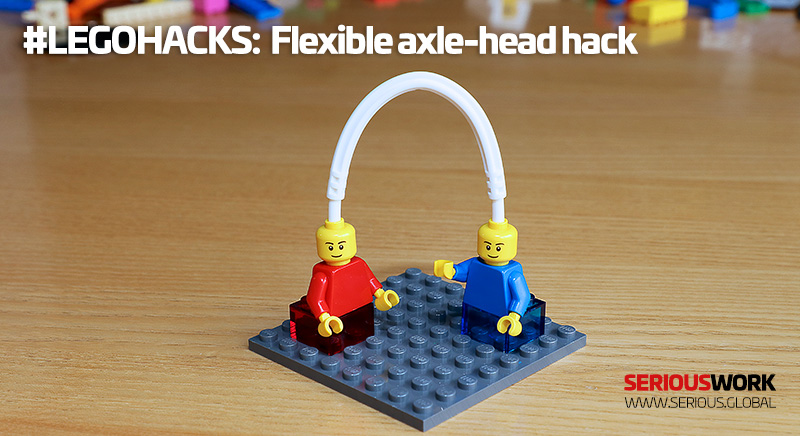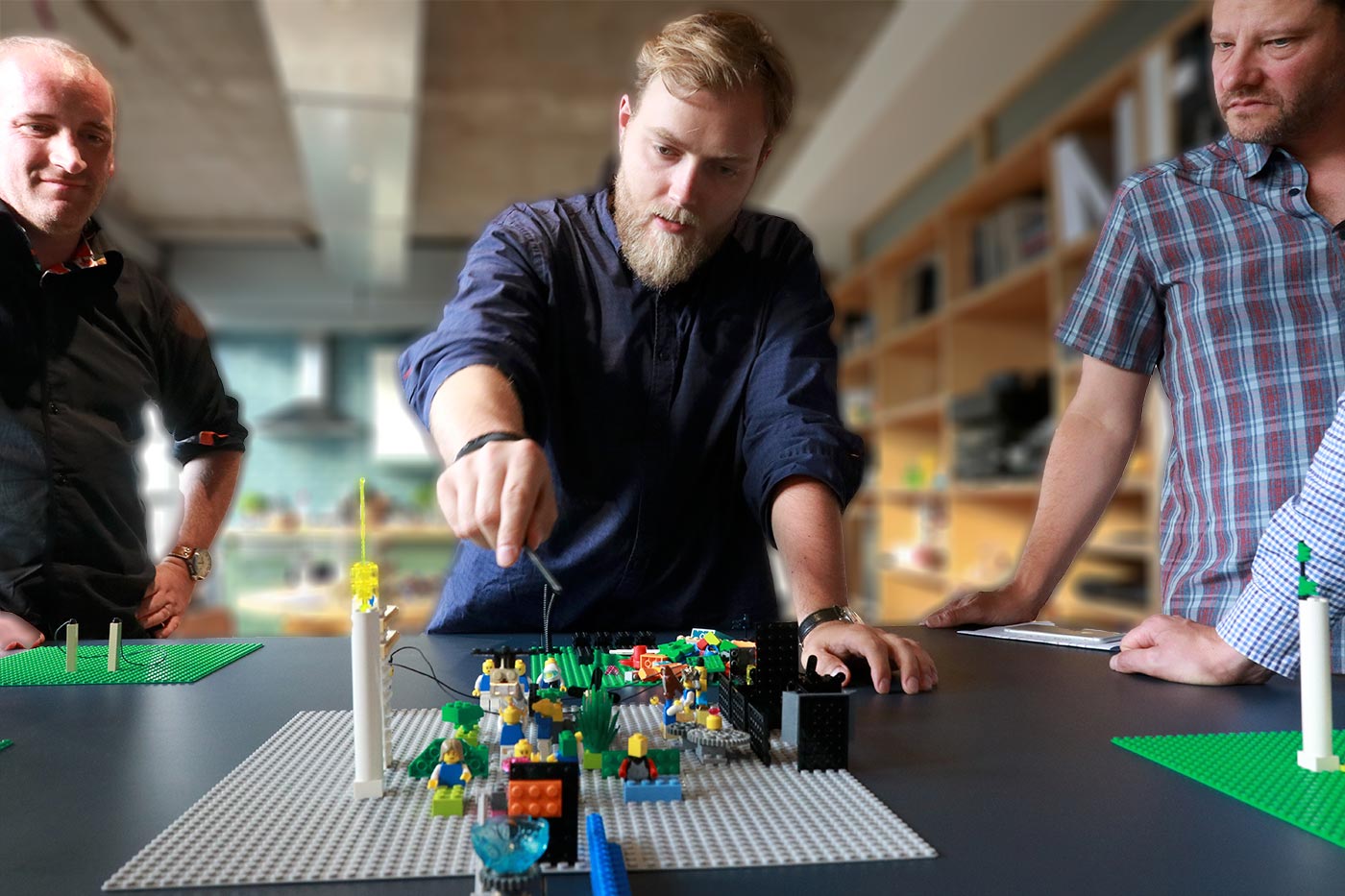



El Capitan also known as El Cap, is a vertical rock formation in Yosemite National Park.
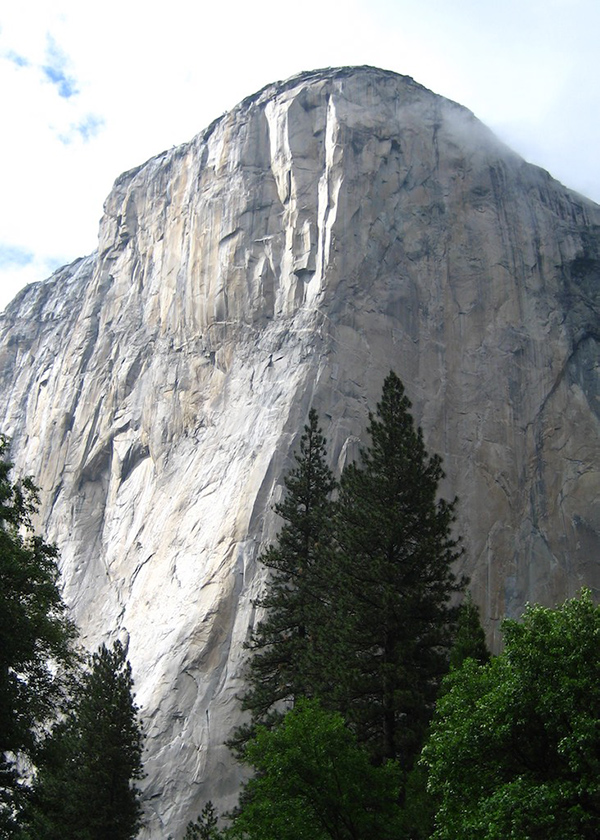
The
granite monolith is about 3,000 feet (914 m) from base to summit along
its tallest face. It is one big, big rock face. I know, I have tried to climb it twice, and failed both times.
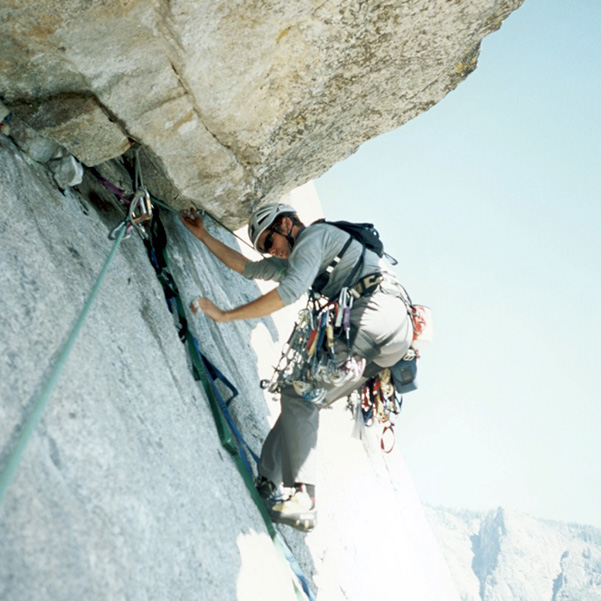
Can El Cap be climbed?
In the early 1960's, if you had asked if it was possible to climb El Cap, the answer would be likely be no, as back then, no human had ascended this mighty wall.
If you upped the ante, and asked it it could be climbed in less than
a day, most people would have thought that a crazy question. If
you had asked could it be climbing in under two hours or without ropes,
the leaders of the climbing community would have surely asked if you had
smoked something hallucinogenic, and met such questions with by saying "no, that simply is not possible!"
Too much no in the LEGO® SERIOUS PLAY® community?
The question "Can you facilitate LEGO® SERIOUS PLAY® online" was recently put to one of the elders of the LEGO® SERIOUS PLAY® method. His answer was, "No, it is not possible".
This
'no' is on video, on the internet. But as we know, there are lots of
spurious videos on the web, of leaders saying things that are untrue.
You might have recently heard a President saying bleach is a good cure
for Covid-19.
Not possible is possible
The job of innovators or the new generation is to confront orthodoxy, challenge established norms, and show that what not might have seemed possible is, in fact, quite possible. History is littered with examples of leaders saying 'this, that or another is not possible', only to be comprehensively proven wrong.
In 1964, El Cap was climbed by Warren Harding. It took him 47 days, using what is know as 'siege' tactics: climbing in an expedition style using fixed ropes along the length of the route, linking established camps along the way.
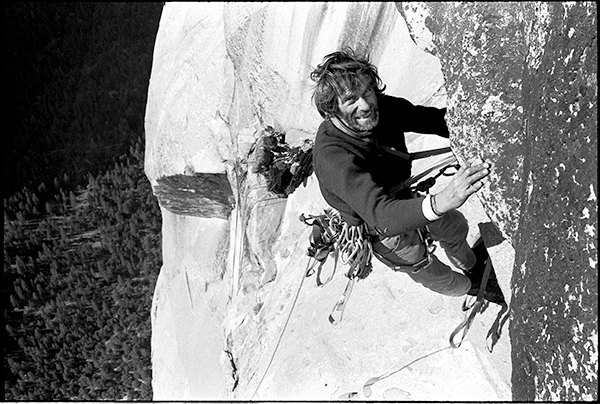
Lynn Hill was the first to 'free climb' (using no points of aid) the most iconic route on El Cap, 'The Nose' over 4 days in 1993.

Photo: Heinz Zak
And as I'm sure some of you know, in June, 2017, a remarkable young man called Alex Honnold completed the first free solo climb of El Capitan. He climbed the whole route free, with no rope. And he did it in 3 hours and 56 minutes. The climb was filmed for the amazing 2018 documentary Free Solo.
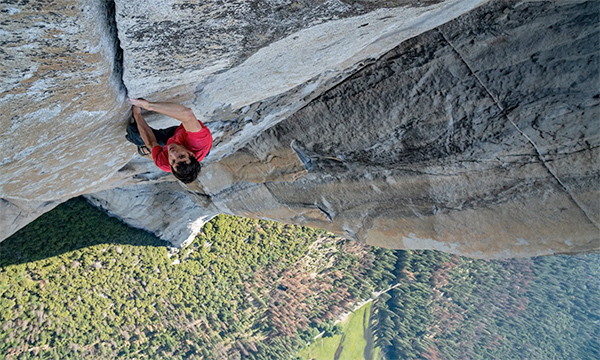
And whilst the first ascent of El Cap took 47 days, in 2018, Alex Honnold and Tommy Caldwell climbed El Cap in 1 hour 58 minutes.
Online LEGO Serious Play is possible - and in some ways better
Business guru Gary Hamel famously said that 'complacent incumbents' in any industry have a vested interest in things staying the same, but Covid-19 and environmental pressures have changed traditional ways of working, so has LEGO® SERIOUS PLAY® reached a limit, or become useless just because we are now online?
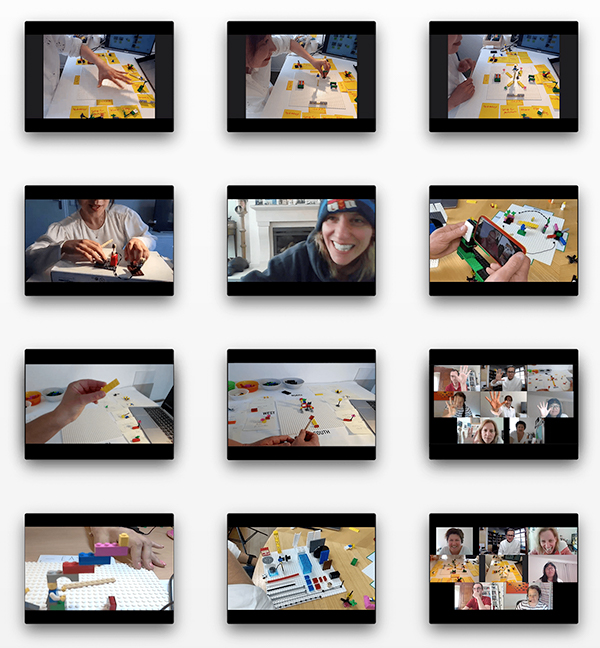
The clear answer is no. We have made the what we believe is first ascent of shared model building online, and more importantly we have trail blazed a new route to teaching others how to facilitate LEGO® SERIOUS PLAY® shared model building online. So this is just another of many moments where the old guard said "no, not possible" only to be proven wrong.
One has to wonder why such negative assertions are proffered, when innovation is needed?
20 years ago, the clever people (Professors Johan Roos and Bart Victor) had the imagination and vision to ask, 'can we use LEGO bricks for business strategy'.
This was a radicle and bold idea, and if they were still actively pioneering and advancing the LEGO Serious Play method today, surely they would have the imagination and ability to invent additional new techniques make the LEGO Serious Play method work-online? SeriousWork are not the inventors of LEGO Serious Play, but we have met the new challenges on online and have added new techniques to make online work, and work well.
It makes you wonder if organisations that claim to be guardians of the method are actually motivated by protecting their own self-interest?
A pioneering method needed online more than ever
In
the world we now live in, more than ever, people need tools and methods
to imagine new possibilities, design new models, and find ways to get
the economy moving again. The LEGO Serious Play method needs new skills
and mindsets to operate effectively online, but it is not only possible
but much needed.
So yes dear LEGO Serious Play facilitator you can facilitate online :)
The 4th stage of the LEGO® SERIOUS PLAY® process is reflection. This note sets out guidance about how to use this stage effectively and offers questions you might ask when you facilitate.

The objective of reflection to make meaning from the preceding build and share stages.
Good practice
You might guide the group through the four stages of the ORID framework, by asking one of each of the following 4 kinds of question:
1. OBJECTIVE QUESTIONS
What have we just seen? (in the presented models)
What ideas/messages stands out?
What really caught your attention? (from the presentation of the models)
What are the facts (about the presented topic) we have just seen?
What patterns/ themes are now visible to you?
2. REFLECTIVE QUESTIONS
How do you feel about the presented facts/ models?
What was exciting in what you just heard?
What made you nervous or concerned about what you just heard?
What was inspiring about what you just heard?
What new possibilities might we now see?
3. INTERPRETIVE QUESTIONS
What can we now see that we did not see before?
What is being recommended (or implied) here?
What appears to be the central issue/idea/problem being shown by this?
What key insights are beginning to emerge here?
4. DECISIONAL QUESTIONS
What decision is implied by this?
What is the step you/we now need to take?
What does this now mean?
What have you just learned?
Get out of jail free question: If you are blank, you could ask the group: “What is the reflection question we should now be asking?”
Do Not: Ask multiple reflection questions simultaneously or mix up the SHARE stage with the REFLECT stage
Download this as a PDF Cheatsheet
I understand there is a shortage of LEGO® SERIOUS PLAY® kits at the moment. If you need a Landscape and Identity kit but can't get one... you can make your own! This list of bricks costs about the same and will give you a good selection of bricks in place of the Landscape kit:
When you first un-bag these bricks - I'd suggest you assemble the windows, tyres, mini-figures, doors, hinges, turntables etc. before mixing the bricks into brick soup (see below).
You can make "brick soup"... here is the recipe!

Each of these kits gives you about 1kg of bricks, they are a bit little bit light on mini-figures, if that's important search for 'bulk mini-figures' on eBay and buy say 100 additional mini-figures.
When you unpack the bricks for the first time, assemble the window, turntables, wheels etc, then combine into one big pile. Use kitchen scales to weigh out anywhere between 100g and 200g of bricks per person. For table groups of 6-8 people put a pile of mixed bricks, say 1.2kg (like the photo above).
In many workshops participants struggle to connect LEGO bricks to Duplo bricks. They do connect. The big studs on a Duplo brick need one or more regular 4x2 stud LEGO brick (two orange bricks in the picture) to 'convert' the top of the Duplo brick into the smaller stud pitch of LEGO bricks. The bottom of Duplo bricks are such that they will connect to LEGO base plates (grey in the photo).
These hacks are intended for new facilitators of the LEGO® SERIOUS PLAY® method, so you can help participants make the connections they want. On longer duration workshops you might include these hacks in a skills build to ensure participants have the skills to make many different kinds of connection or build.
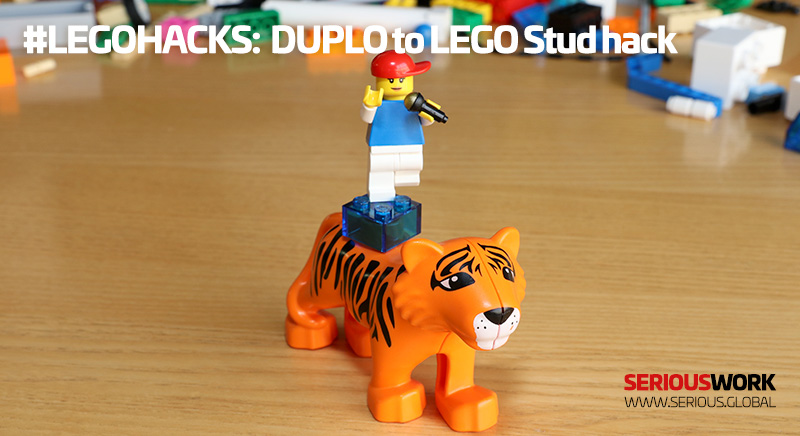
Sometimes builders want to express shared ideas, people connecting, thinking the same, being aligned etc.
The flexible axle found in the LEGO® SERIOUS PLAY® Starter Kit and the much bigger Landscape and Identity Kit can be used in many ways, this simple hack is a good way to use this brick.
